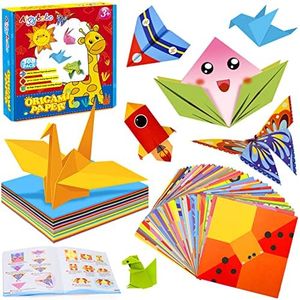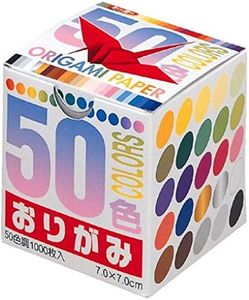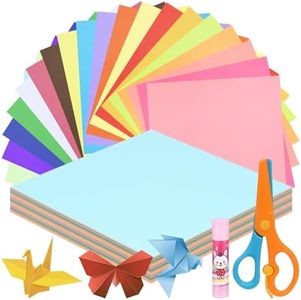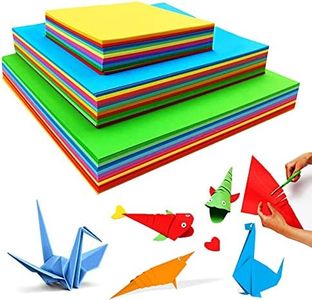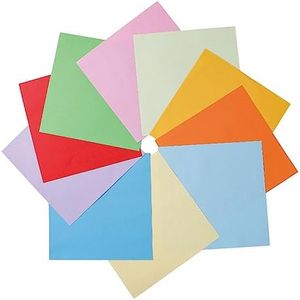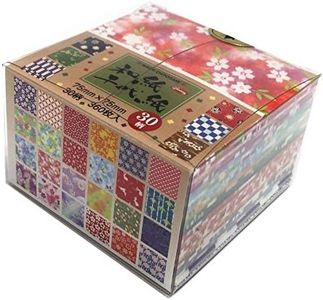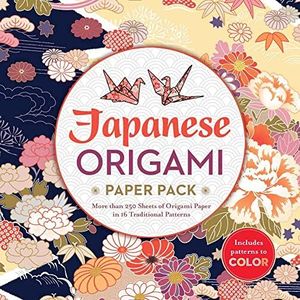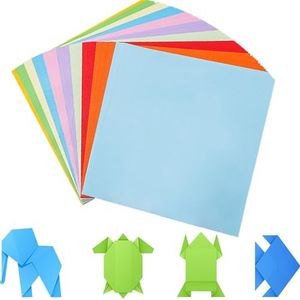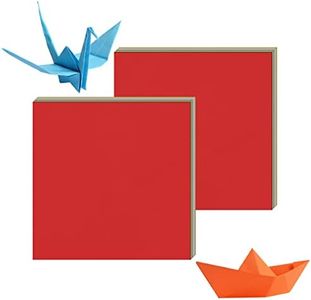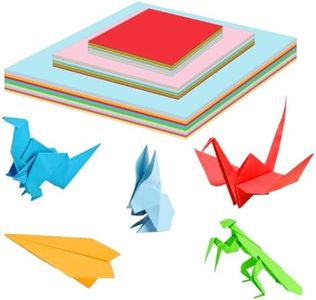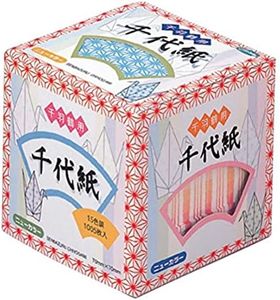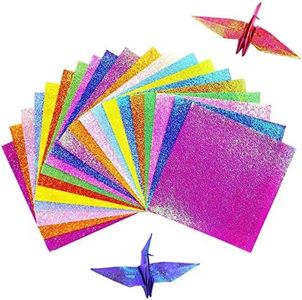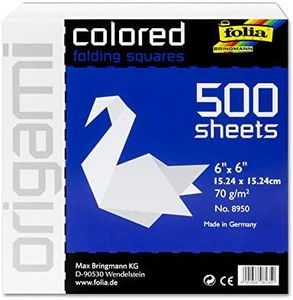We Use CookiesWe use cookies to enhance the security, performance,
functionality and for analytical and promotional activities. By continuing to browse this site you
are agreeing to our privacy policy
10 Best Origami Papers
From leading brands and best sellers available on the web.Buying Guide for the Best Origami Papers
Choosing origami paper may seem simple, but the right sheet can make a big difference in your folding experience and the final look of your creation. The key is to match paper characteristics with your folding skill and the complexity of the model you want to make. Start by thinking about what type of origami you plan to do, whether it's simple shapes, detailed animals, or modular pieces, and keep in mind how the paper will impact both the ease of folding and the finished appearance.Paper Weight (Thickness)Paper weight refers to how thick or heavy a single sheet is. This is important because thinner papers are easier to fold multiple times, making them great for complex or intricate models, while thicker papers hold their shape better for simple figures and larger designs. Thin paper is usually less than 70 gsm (grams per square meter), standard origami paper ranges around 70-80 gsm, and thicker varieties go above 90 gsm. If you are a beginner or making models with many layers and fine details, stick to thinner paper. For sturdier, simple shapes, try medium or thick paper.
Paper SizePaper size means the dimensions of each sheet. It's important because the size you choose impacts how big or small your finished origami will be and how easy it is to perform folds, especially those requiring precision. The most common size is 15x15 cm (about 6x6 inches), which works for most models. Smaller sizes, like 7.5x7.5 cm, are harder to handle and suited for detailed miniature folding. Larger sheets, 20x20 cm and up, are best for complex models or when you want a larger final artwork. Beginners should start with standard or larger paper to make folding easier.
Texture and FinishTexture and finish refer to how the paper feels and looks, such as smooth, glossy, matte, or textured. Smooth papers fold more cleanly and are ideal for precise models, while textured or patterned papers can add visual interest and hide small mistakes. Glossy papers are attractive for display but might be slippery to fold. Depending on your personal taste and the effect you want, choose a finish that matches your project: smooth for accuracy, textured or patterned for decoration, and glossy for presentation.
Color and PatternColor and pattern are important for the visual impact of your origami piece. You can choose single-color (solid) sheets or those with prints, designs, and even double-sided colors. Some projects call for specific colors, while modular or multi-piece designs might use a mix. Double-sided paper is great for designs that show both sides, creating a contrast effect. If you're just starting, go for assorted packs to experiment and see what appeals to you.
Paper Strength (Durability)Paper strength describes how much folding or manipulation the paper can take before tearing or losing shape. Stronger papers, like those with mixed fibers or slightly heavier weight, hold up well for modular origami or projects that need sturdy structure. Standard origami paper is usually durable enough for single-sheet figures, but if your model needs to withstand handling or has many repeating folds, look for paper described as 'resistant' or specifically made for origami. Pick based on the intended use: quick practice versus long-term display.
